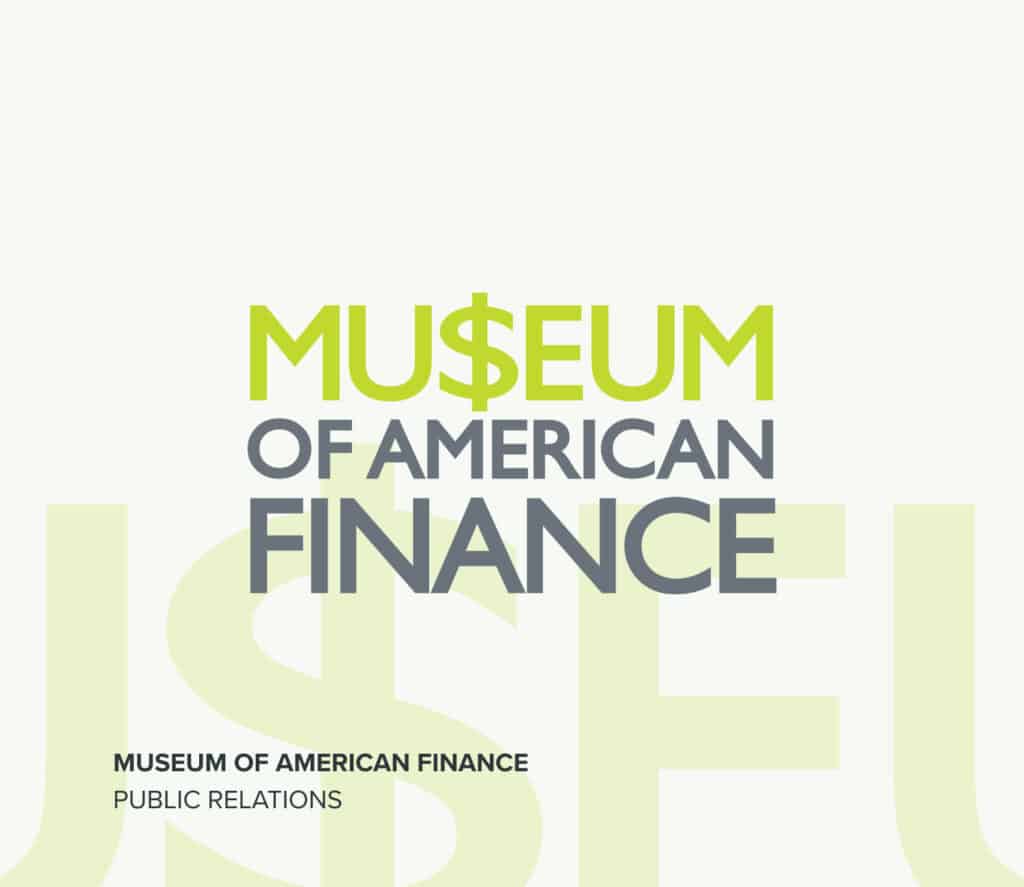Why Financial Brands Must Think Like Publishers in the Age of AI
At the recent Gramercy Institute Forum in NYC, I joined a lively panel discussion about how financial brands can harness the power of AI to connect better with customers. The big question on everyone’s mind: What does the future hold for brands and marketers given how fast and pervasive AI is becoming in our personal and professional lives?
The answer may lie more in a mindset shift than in the technology itself. Allow me to explain.
Over the decades, brands have navigated a rapidly changing media ecosystem. In the early days of the Internet, companies focused on driving traffic to static websites. Then came social media, which required brands to engage audiences on their terms. The introduction of the iPhone and smart devices expanded opportunities for real-time customer engagement and changed the marketing world forever.
Yet, despite these advancements, many brands still struggled with a fundamental issue: they don’t truly understand their customers — what drives them, why they behave the way they do, and predicting what the customers themselves don’t even realize they need. Consequently, their content strategies fell flat, failing to distinguish and make brands memorable.
AI presents a turning point for brands to think and act less like marketers and more like publishers. A publisher curates an audience by deeply understanding their interests, needs, and behaviors, then tailors content to resonate with those specific traits. They aim to consistently deliver compelling, relevant stories or information that not only captures attention, but builds loyalty and ongoing engagement.
Brands must do the same.
AI can help financial marketers transition from focusing on what matters most to the brand to what matters most to the audience, thus building more profound and long-lasting connections with customers and other key audiences like employees. Here’s how:
Media Becomes Predictive & Hyper-Personal: AI allows brands to go beyond superficial demographics and explore motivations, intentions, and behaviors. It helps marketers make content faster, more personalized, and more data-driven, and leverage models that segment audiences not just by demographics, but by behavioral patterns and predicted needs.
Compete for Mindshare, Not Just Market Share: Today’s consumers are bombarded with content — from direct competitors and unrelated voices vying for attention. Brands must stay attuned to what their audience sees, hears, and feels. The best strategy? Be brief, be bold, and be gone. Deliver value quickly and leave a lasting impression.
Tell Stories That Matter: Great stories contain friction to which audiences can relate and empathize. Even in B2B contexts, decision-makers are human first. Strong storytelling includes addressing customer fears, hopes and challenges, and positioning the brand as a credible, supportive solution. However, authenticity is crucial — hyperbolic claims of being “the best” or “revolutionary” can often ring hollow. Instead, focus on inspiring while remaining grounded in reality.
Optimize Now, Not Later: One of AI’s most significant advantages is its ability to track, measure, and adapt instantly. AI-driven ad platforms automatically decide where and when to serve your ads for maximum impact, based on real-time performance data. There’s no need to wait until the end of the month to analyze what worked. With real-time feedback, marketers can double down on what resonates and quickly pivot away from what doesn’t. Ruthless optimization is not just achievable; it’s essential.
In the not so distant future, AI will handle the execution while humans will own the meaning. The power will lie not in who creates the content fastest, but in who can orchestrate it most meaningfully, ethically, and strategically.
Editor’s note: Gen AI was instrumental in the writing of this article.



